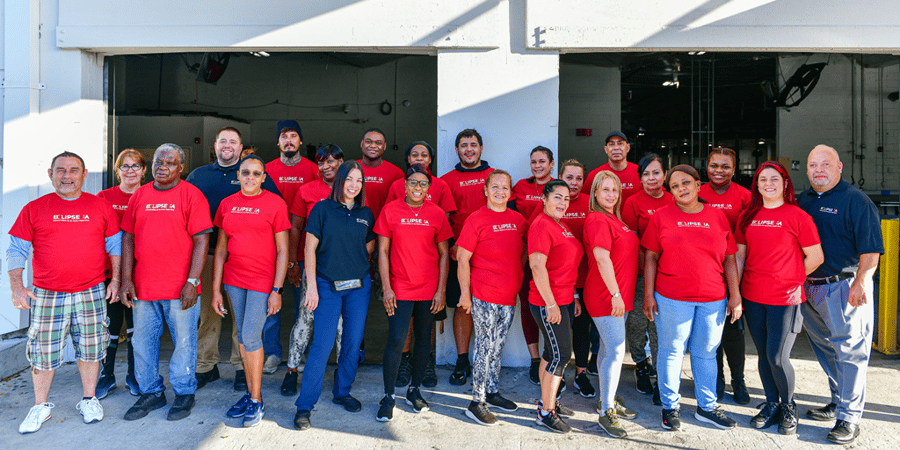
The holiday season is approaching, and experts predict consumers will shop earlier this year and spend more. That means more work and pressure for already beleaguered operations management. You see the writing on the wall. Supply chain delays mean you’ll be in the unenviable position of both watching warehouse workers kill time waiting for shipments to arrive and having to pay them overtime when they finally do.
What options should you pursue to help solve your loading and unloading issues? Here we look at five:
1) Make Your Freight Broker Your Best Friend
If you haven’t already, take steps to build solid relationships with your freight broker and maintain open communication channels. Then, when you learn it might take you longer than usual to load or unload, you’re in a better position to negotiate alternate arrangements.
The time spent building these relationships will pay off in big dividends.
2) Adopt the Right Dock Management Software
In our digital world, there’s no reason to continue relying on tired and outdated administrative management techniques. Dock management software can help you optimize loading and unloading—saving time and payroll costs.
Inbound Logistics recommends looking for a dock management system that:
- Offers a web portable easily accessible by both carriers and suppliers.
- Has the ability to transmit automated notifications via email.
- Can employ custom rules and constraints to enhance smart planning capabilities.
- Employs automation that makes it possible to process any request that fits in set schedule and constraints without user intervention.
- Provides standing appointments to book loading dock space and preconfigure labor and space requirements in the warehouse.
The right dock management software automates routine work and common inputs and outputs, identifying current priorities and pushing information out to your workers. You’ll save time gathering information and access better data and analytics to boost planning and productivity—which is something Eclipse AI can help you with!
3) Treat Your Warehouse Workers Well
When you treat your warehouse workers well, it will pay dividends for you. EmployBridge recently published its 16th annual Voice of the Blue-Collar Worker (VBCW) report, the largest survey of hourly workers in the U.S. Forty-eight percent of respondents were in logistics/warehouse roles. What matters most to them? Pay and flexibility.
- Pay, which likely is no surprise. It is the top factor workers consider when thinking about a job.
- Flexibility—schedules that work for them. The report stated:
“For the first time in the 16 years of the VBCW survey, schedule factors now have a much bigger impact on the choices of both candidates and employees -- even more than pay and benefits in some areas."
You can position your company as a sought-after workplace if you can meet these needs. And workers indicate they’re looking—37% of female workers and 53% of male workers said they’re actively looking for a new job.
4) Reap Rewards by Encouraging Feedback
The people on the front lines loading and unloading material know best what the work is all about and likely have the keenest insights into new practices that can make them more efficient and productive, while also boosting their engagement. But you need to ask them for that input—regularly.
Encouraging feedback and input—and putting recommendations in place when it makes sense- is an excellent way of building a committed team. And speaking of strong teams—that brings us to our final recommendation.
5) Make the Shift to Productivity Based Pay
If you’ve been paying workers by the hour, you’re likely leaving money on the table—and not getting what you thought you were paying for. As the Eclipse IA CEO explains:
"In the commodity model, warehouse workers are paid hourly. Their goal for work is to be there for eight hours, then go home. The temptation is to be less productive and get more hours, and the warehouse pays more for less work.
To make up for that loss, employers hire additional commodity workers, who are also getting paid more for less work. The impact on the bottom line is the equivalent of driving in the wrong direction, but faster."
If you shift to a cost per unit team-based pay model, you’ll pay not only for work done vs. hours spent, you’ll also benefit from a system that gets your workers to work together to be most productive and efficient.
When the team wins, all of your workers win. And so do you.
A Guide to Productivity Pay
Want to learn more about a pay model that your staff will find more rewarding and your bottom line will love? Check out our guide, A Quick Guide to Productivity Pay! Our customers can typically increase employee wages up to 35% AND keep their labor costs static. Read our guide to learn more!
